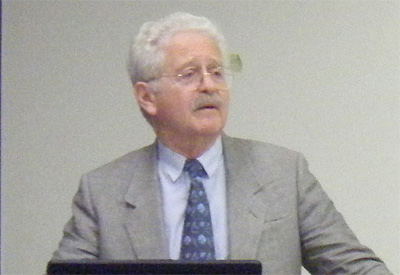SGA (small for gestational age) has an increased risk of morbidity and mortality in early life and psychomotor impairment and growth and metabolic consequence in later life. Infants born SGA exhibit increased concentration of GH and have low levels of IGF-1. However, these values normalize rapidly after birth.
Most children who are born SGA show catch-up growth by the age of 2 years. Approximately 10% of SGA will remain less than -2 SD for height. In a long-term study in France, approximately 10% of individuals born SGA had a final height less than -2SD below the mean, compared with only 2% in those born AGA.
The goals of GH treatment are the following: 1) to achieve catch-up to normal height in early childhood, 2) to maintain normal growth later in childhood, and 3) to reach normal final height.
Indication of treatment is different in some countries. The use of GH for children born SGA is approved in US at a dose of 0.48 mg/kg/wk. In contrast, the European Agency for the Evaluation of Medical Products (EMEA) has approved GH for children born SGA after the age of 4 yr at a dose of 0.22 mg/kg/wk. In Japan, the dose is similar to that of EMEA. Once catch-up growth is achieved, GH therapy should not be discontinued because cessation of GH could result in catch-down of growth. Higher GH dose allows for early catch-up. One study reported that the time to achieve an increase of 2 SDS in height was approximately 2 years with 0.067 mg/kg/d in contrast to approximately 5 years with 0.033 mg/kg/d. Especially during puberty, higher doses are required to achieve adequate growth.
The effect of GH on glucose metabolism in children born SGA is of potential concern. GH induced higher fasting and glucose-stimulated insulin levels, indicating insulin resistance. However, after discontinuation of GH, serum insulin levels returned to normal age-reference levels. None of the children have been reported to develop diabetes due to GH therapy. Maintaining the values of IGF-1 below +2 to +2.5SD is important for safety. Children born SGA that have caught-up have lower M value (metabolic clearance rate of glucose) measured with the glucose clamp method if their BMI exceeds 17.
In conclusion, we recommend that SGA children aged above 4 years who do not catch-up to a height above -2.5SD should be eligible for GH treatment. With regard to GH dose, we propose that the starting dose should be a high dose and after a year the effect of GH therapy should be assessed. When growth velocity is above +1SD, the therapy should be continued at a maintenance dose. If growth is insufficient, discontinuing GH should be considered.
(Written by Makiko Tachibana)
